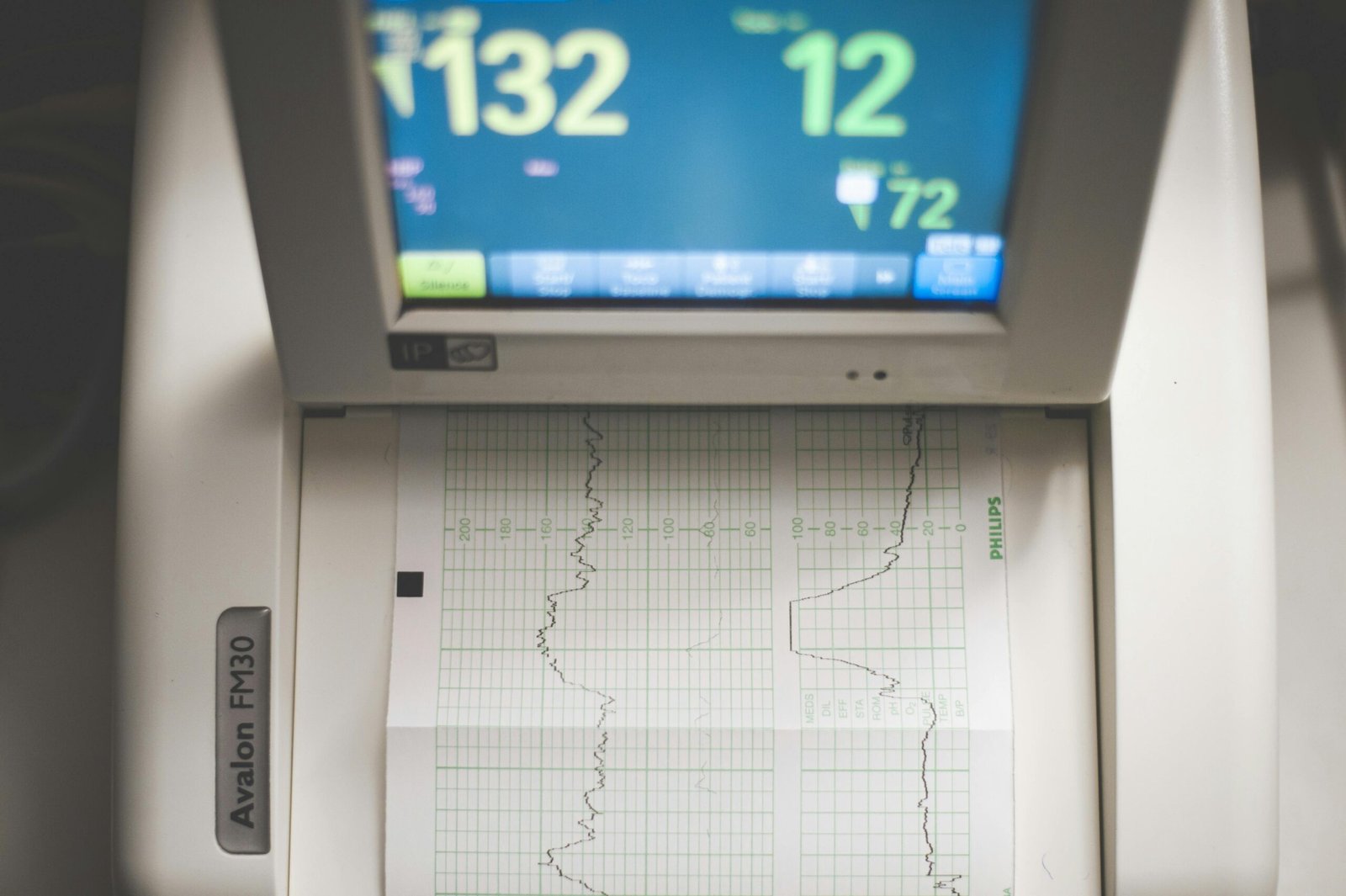Understand heart rate variability (HRV) and its impact on your health. Learn how HRV can help monitor stress, recovery, and overall well-being.

Understanding Heart Rate Variability (HRV)
Heart rate variability (HRV) is a measure of the variation in time between each heartbeat. Unlike heart rate, which reflects the number of heartbeats per minute, HRV provides insight into how the body adapts to stress. A higher HRV is often associated with a resilient cardiovascular system, better stress management, and overall health. HRV is governed by the autonomic nervous system (ANS), which consists of two branches: the sympathetic nervous system (SNS) and the parasympathetic nervous system (PNS). The sympathetic nervous system increases heart rate during stress, while the parasympathetic nervous system decreases it during relaxation. Monitoring HRV can provide valuable feedback on how your body responds to daily stressors.
To improve HRV, breathing exercises can be incredibly effective. Slow, controlled breathing activates the parasympathetic nervous system, which in turn can increase HRV. Techniques such as diaphragmatic breathing, box breathing, and 4-7-8 breathing have all been shown to improve HRV and promote overall wellness.
The Role of Breathing in HRV Improvement
Breathing exercises play a key role in enhancing HRV. When we engage in slow, deep breathing, we stimulate the vagus nerve, which is part of the parasympathetic nervous system. The vagus nerve helps lower heart rate and blood pressure, both of which contribute to higher HRV. Practicing diaphragmatic breathing is one of the most effective methods for improving HRV. By breathing deeply into the diaphragm instead of shallow chest breathing, you can promote more efficient oxygen exchange, reduce stress, and increase HRV over time.
You can find various resources and tools to support this process. Calm, a popular app, offers guided breathing exercises and meditation to help you manage stress and improve HRV. Their focus on relaxation and mindfulness can help you take control of your breathing and ultimately boost your HRV.
Using Breathing Techniques to Enhance HRV
Breathing techniques like slow-paced breathing, resonance frequency breathing, and deep belly breathing can enhance HRV by slowing the heart rate and reducing sympathetic nervous system activity. Studies have shown that controlled breathing can help reduce the effects of stress on the body and promote healthier autonomic nervous system functioning. To incorporate these techniques into your routine, you can use specialized tools like the HeartMath Inner Balance Biofeedback. This device provides real-time feedback on your HRV, allowing you to monitor the effectiveness of your breathing exercises. Over time, you’ll be able to track improvements and make adjustments to your practice to maximize benefits.
